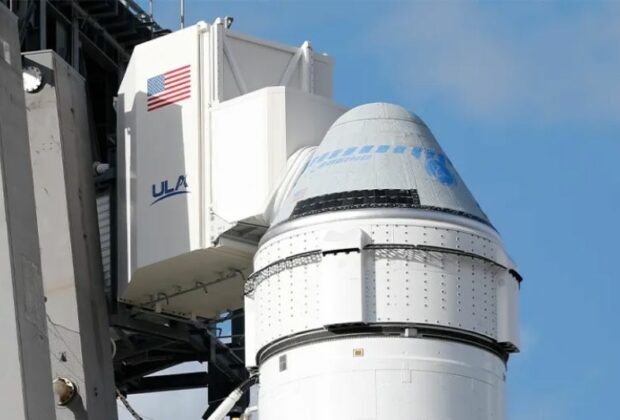A helium leak in the spacecraft’s propulsion system has forced NASA and Boeing to postpone the company’s CST-100 Starliner’s first crewed mission once more.
NASA said in a statement late on May 17 that the Crew Flight Test (CFT) mission, which was originally slated for May 21, has been rescheduled to no sooner than May 25 at 3:09 p.m. Eastern in order to continue work on a leak in the spacecraft’s helium pressurization system.
The most recent postponement occurred three days after NASA and Boeing announced that they would be postponing the launch, which was originally planned for May 17, in order to fix a thruster in the spacecraft’s service module that was leaking helium. At the time, Boeing stated that it was trying to better characterize the leak and build a flight justification to fly the system as-is without repairing the flange. The leak was found to be related to a flange in one thruster.
NASA stated in the announcement of the additional postponement that “pressure testing performed on May 15 on the spacecraft’s helium system showed the leak in the flange is stable and would not pose a risk at that level during the flight.” “Boeing teams are working to develop operational procedures to ensure the system retains sufficient performance capability and appropriate redundancy during the flight.”
In order to “review the data and procedures to make a final determination before proceeding to flight countdown.” NASA stated that both the commercial crew and International Space Station programs will need to take a few days to study the data and procedures.
The statement followed hours of conjecture that the mission, which has seen years of total setbacks due to numerous technical issues with spaceship components ranging from valves to parachutes, was about to experience yet another postponement. Regarding the helium leak, Boeing has not addressed previous inquiries and has not offered much more information.
Industry sources claim that the leak was discovered during the May 6 countdown, which was canceled due to an unrelated Atlas 5 Centaur upper stage valve problem. It was uncertain if the launch could have gone forward if the valve had operated correctly.
During a briefing following the May 6 scrub, Mark Nappi, the vice president of Boeing and the company’s Starliner program manager, made no mention of the helium leak or any other problems with the spacecraft. At the time, he declared, “Today was a good dry run for the entire process.” Launch preparations proceeded as planned until roughly two hours before the planned liftoff. “We were ahead of schedule, about 45 minutes ahead of schedule, so the teams did an excellent job.”
“A lot of things have to go right. It’s not the majority of the things; everything has to go right before we launch,” he continued.








